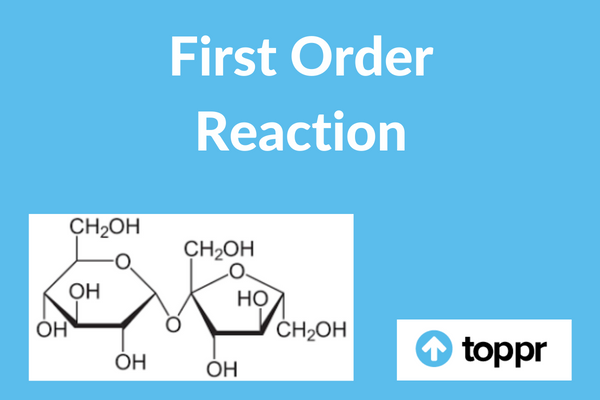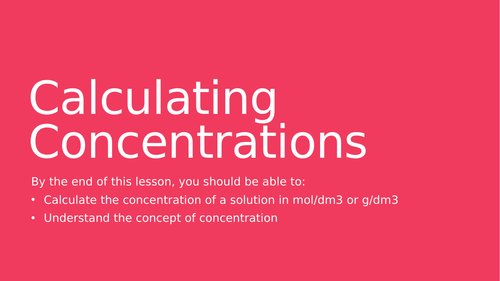How to calculate order of reaction

The order of reaction is a critical component in understanding chemical kinetics and reaction mechanisms, as it reveals important information about the relationship between reactant concentrations and the overall rate at which the reaction proceeds. In this article, we will delve into the concept of reaction order, explore the methods used for determining it, and provide step-by-step instructions on how you can calculate the order of a chemical reaction.
Understanding Reaction Order
Reaction order is an integer or a fraction that denotes how the concentration of a reactant impacts the rate of a chemical reaction. Typically ranging from 0 to 3, it characterizes whether a reaction is zero-order, first-order, second-order, or has higher-order kinetics.
Mathematically, the order of reaction is represented by ‘x’ in the rate law expression: Rate = k[A]^x. Here, ‘k’ is the rate constant, ‘[A]’ represents reactant concentration, and ‘Rate’ signifies the rate at which the reaction proceeds.
Methods for Determining Reaction Order
1. Initial rates method: This technique involves analyzing experimental data obtained from measuring initial rates of reactions with varying initial concentrations of reactants.
2. Integrated rate laws method: By plotting data according to integrated rate equations specific to each reaction order type (zero-, first-, or second-order), scientists can graphically determine which equation aligns with experimental observations.
3. Half-life method: Comparing half-life values at various concentrations can provide insights into the order of reactions since half-life behavior differs based on reaction order.
Calculating Reaction Order: Step-By-Step
Step 1: Obtain experimental data
Collect data on how various initial reactant concentrations influence the initial observed rates of reactions.
Step 2: Create a table
Organize your data systematically. Create a table comparing initial concentration vs. initial rate for each tested condition.
Step 3: Determine the relationship
Analyze the table to discern the relationship between reactant concentration and reaction rate. If the rate remains constant irrespective of concentration, it is a zero-order reaction; if the rate directly correlates with concentration, it indicates a first-order reaction; and if the rate is proportional to the square of reactant concentration, this suggests a second-order reaction.
Step 4: Calculate reaction order using initial rates
Choose a pair of experimental trials from your table. Divide the initial rate of one trial by the other, and divide corresponding reactant concentrations’, making sure to simplify both equations without losing important information. The result yields a ratio of rates that can be equated to reveal the reaction order.
Step 5: Validate your results
Cross-check your calculated reaction order using alternative methodologies, such as integrated rate laws or half-life analysis.
Conclusion
The order of reaction significantly influences chemical kinetics and helps illuminate underlying mechanistic details. By carefully analyzing experimental data from initial rate studies and applying appropriate strategies, determining the reaction order becomes a feasible and valuable task for any chemist or chemical engineer. With this newfound knowledge in hand, you are now well-equipped to calculate any given order of reaction!






